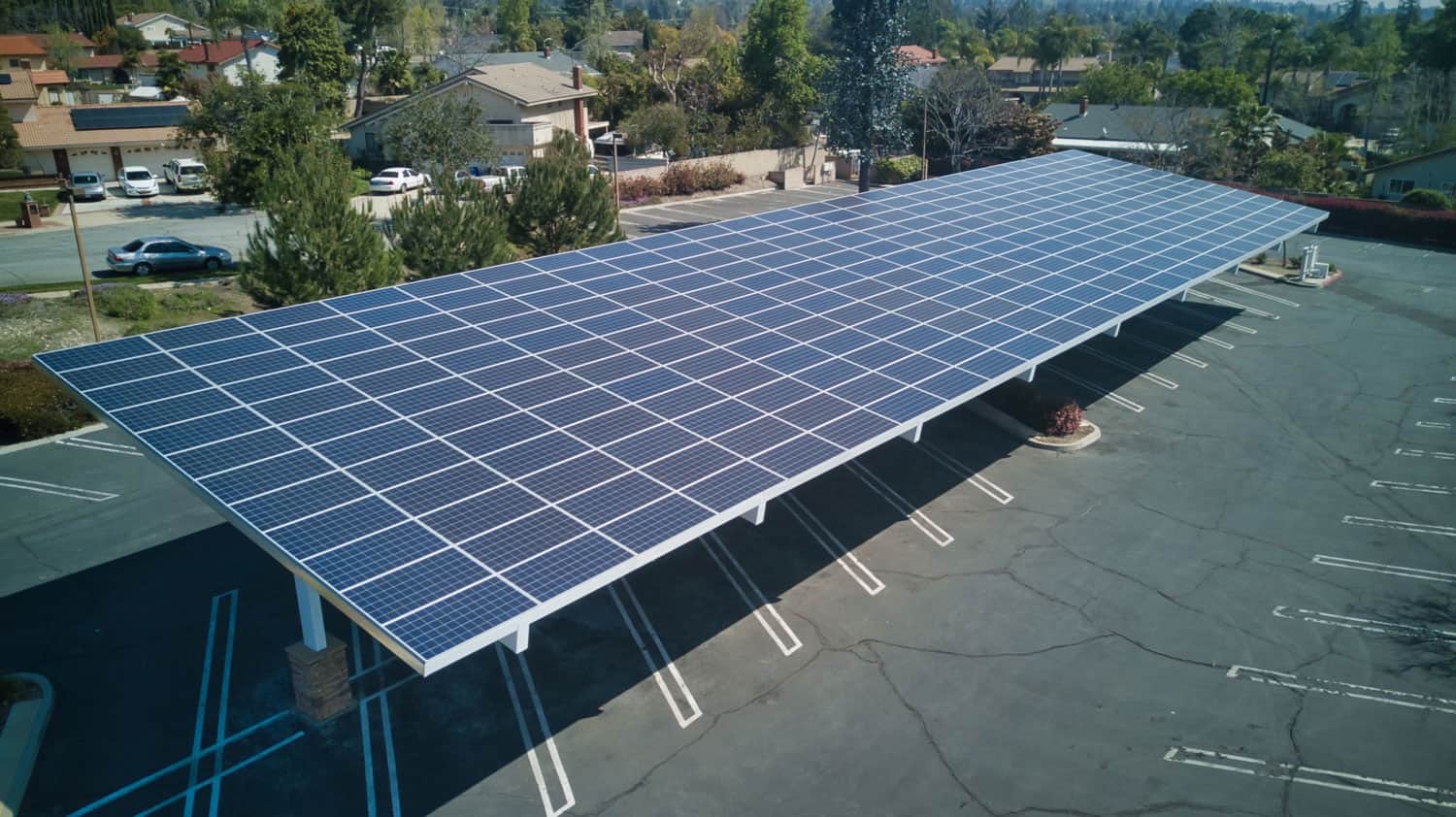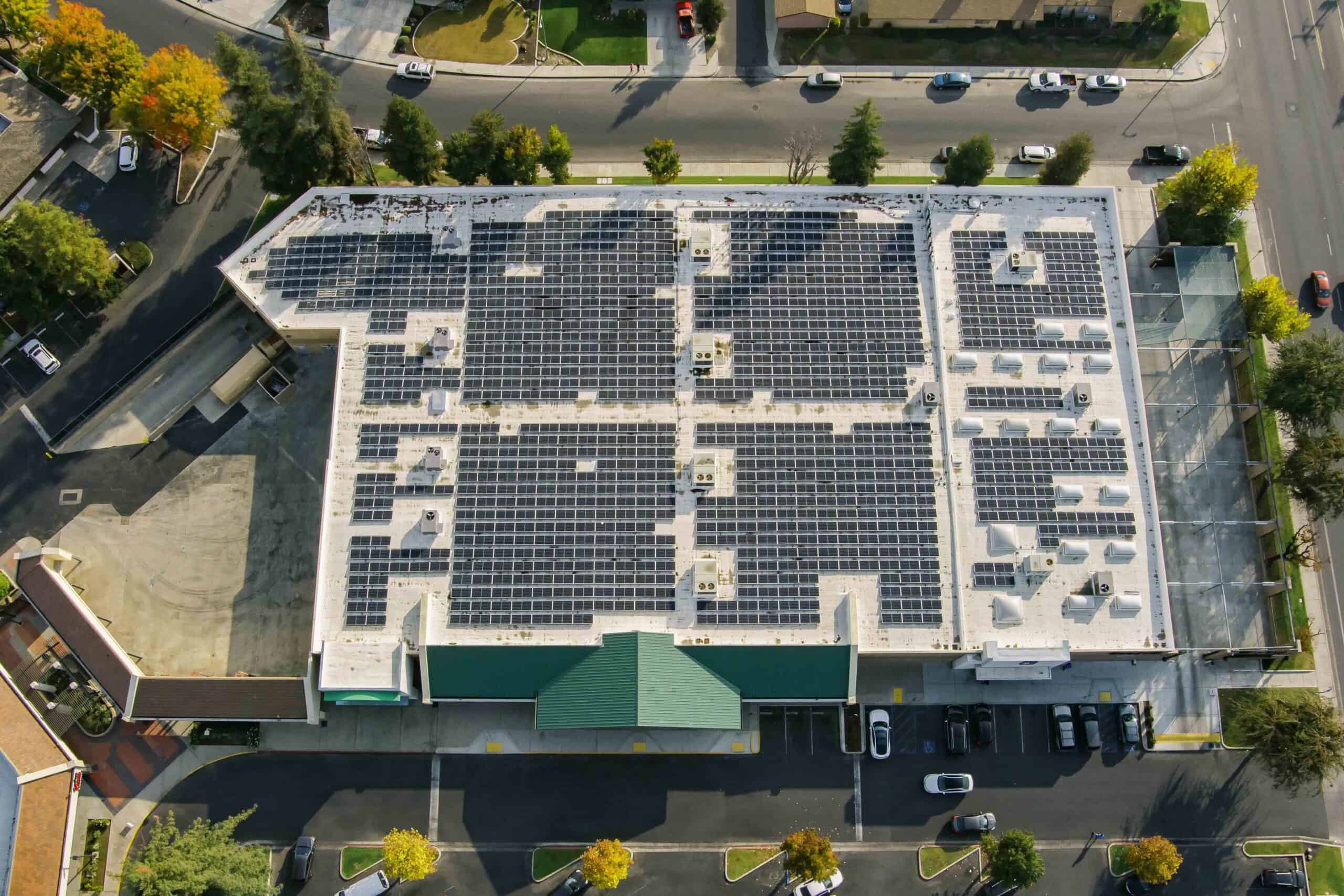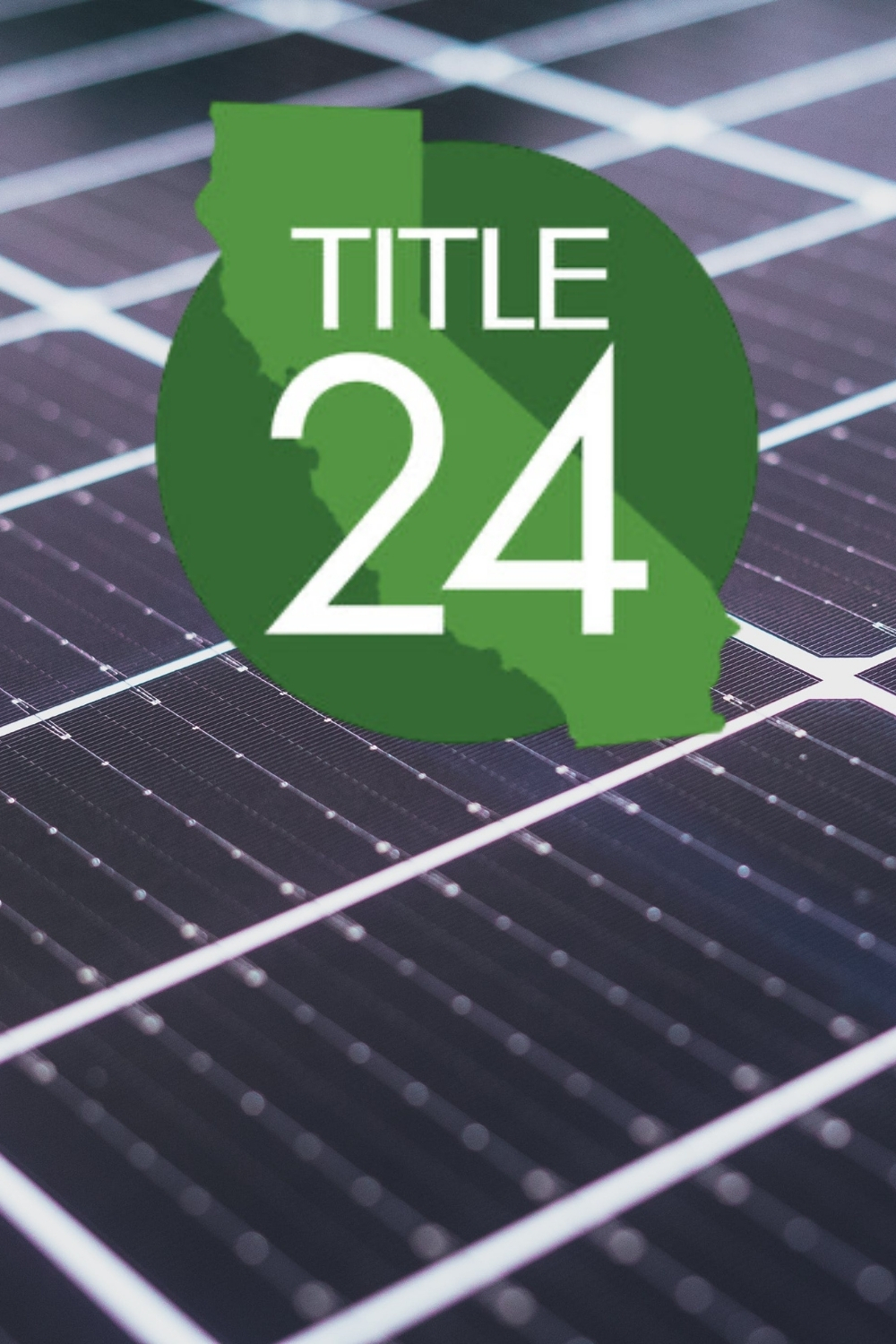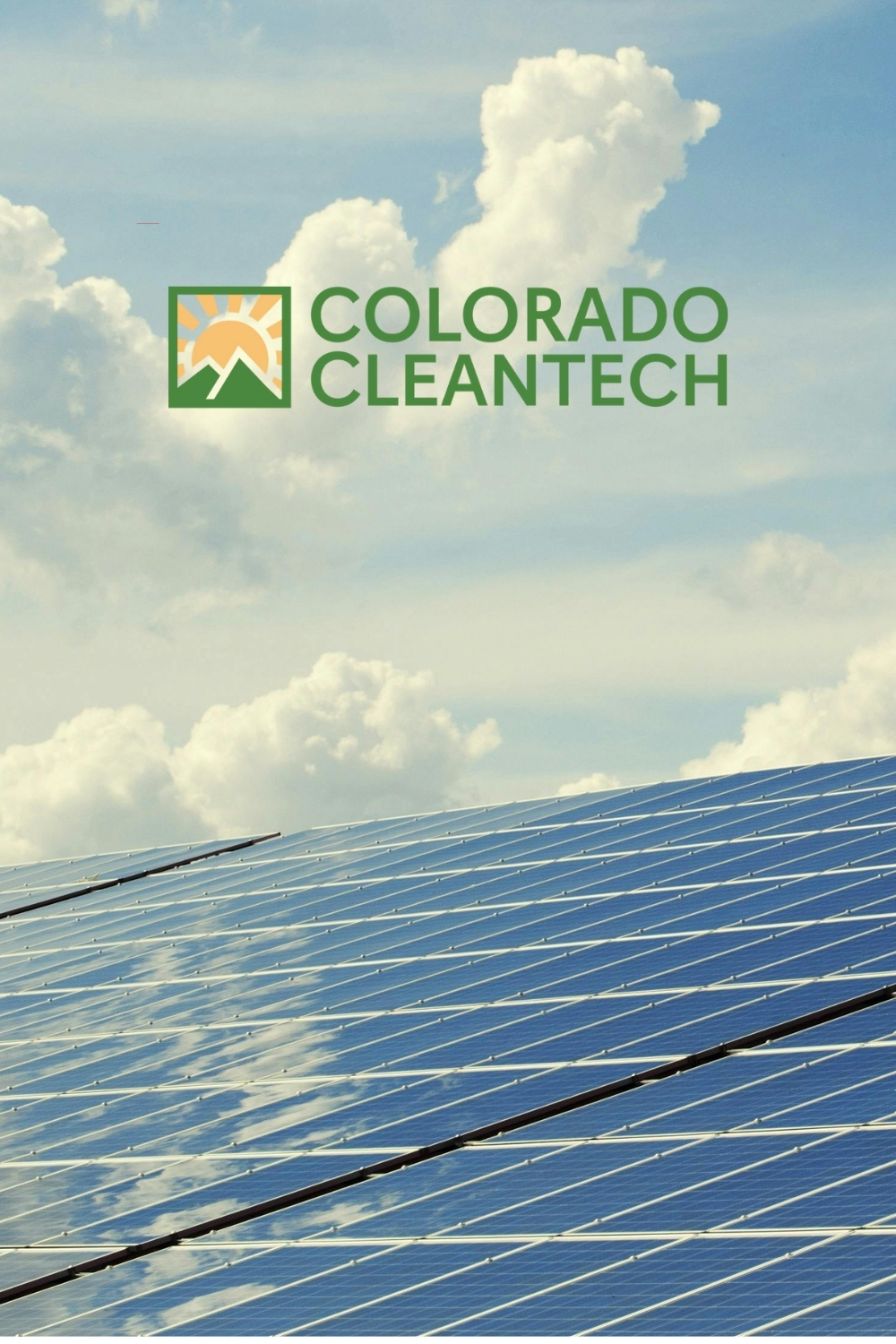With rising utility energy rates and more interest in sustainability in the market, there’s never been a better time to finance commercial solar. These systems are here to stay, offering countless financial and environmental benefits.
The biggest challenge for most buildings is overcoming the split incentive problem of funding. Property owners don’t want to invest in a solar system with no return. Tenants don’t want to pay to improve a rental if they don’t benefit.
Fortunately, there are plenty of commercial solar financing options to bring a solar system to life. Each one comes with a mix of positives and negatives.
Once owners make sense of each alternative, they can bankroll a system in a way that creates the most value. To help, here are four commercial solar financing options for property owners:
Power purchase agreement (PPA)
One way that owners can bring solar to their site is by signing a PPA, or power purchase agreement, with a third-party developer.
In a PPA, the developer pays all costs for the installation and maintenance of the solar system. They’ll manage all of the project details, covering inspections, permitting, cleaning, and more. Once built, the developer owns the system and controls the assets.
In exchange, the property owner agrees to purchase the energy generated by the solar system at a predetermined rate. This price usually has an escalator that increases a certain percentage each year. The agreements generally last somewhere between fifteen and thirty years.
PPA financing makes the most sense for commercial owners that pay utilities in their building. Because they bear all the energy costs, PPAs lower expenses without an investment. Owners with triple net leases get no benefits and assume significant risk with PPAs.
Positives
Owners get solar at no cost: PPAs make solar attainable by eliminating barriers to entry like down payments and interest charges.
Electricity prices are predictable: No matter how much utility rates fluctuate, solar prices always increase on a fixed schedule for owners.
Investment risks are minimal: PPA developers manage operations and maintenance, saving owners money on repairs, cleaning, and replacement parts for the life of the solar system.
Negatives
Energy savings aren’t guaranteed: Although a PPA sets a clear rate for solar, utility rates can fluctuate wildly year to year. A fixed PPA price that’s a good deal at the time of signing could be more expensive than the market value down the line.
Owners must buy solar energy regardless of need: If a unit is vacant or power needs are less than expected, the building owner still buys the agreed energy amount from the developer. They’ll then have to sell the unused power back to the utility, usually at a loss.
Owners don’t get tax benefits: Instead, the developer receives the tax incentives. They’ll use these credits to offset their costs by selling them to outside parties or putting them towards their tax bills.
Contracts are long term and legally binding: PPAs use complex contracts with termination clauses, transfer terms, and price escalators that last for decades.
Cash or loan
Commercial property owners can also get solar by paying out of pocket or financing the project with a traditional loan.
If they’d like to pay up front, they’ll need a hefty source of capital to complete the project. Depending on power usage and building size, commercial systems can run hundreds of thousands to millions of dollars.
It’s much more common for owners to rely on a traditional loan to secure a solar system. The terms of these agreements can vary, but they generally have a fixed time period and require a down payment.

Owners also have the option to finance their solar system with an industry-specific green loan like CPACE. In exchange for a lien against a property, CPACE offers favorable terms and interest rates. Over time, the loan is paid out from property taxes. Owners can also transfer CPACE loans with the property in the case of a sale.
Cash or loan commercial solar financing is best for owners that cover utilities in their building and want to avoid signing long-term contracts. Although they will have to pay a significant amount to bring solar to their building, they’ll also directly benefit from the reduced energy costs.
Positives
Energy savings are maximized: Financial benefits are maximized from solar because of limited involvement from outside parties.
Owners control the system: They’ll have total ownership of the assets and can manage every detail from energy distribution to cleaning schedules.
Owners get tax benefits: They can decide to distribute tax credits to paying tenants or keep all of them in house, potentially selling them for profit.
Negatives
Large investment is required: Owners need a substantial source of capital to fund the commercial solar installation.
Owners are liable for all costs: They’ll pay for all operations, maintenance, and repairs for the 20-30 year lifespan of the solar system.
System management is time consuming: Instead of focusing on other priorities, owners will have to keep up with maintenance of a costly system.
Tenant energy distribution is difficult: Owners must bill tenants manually with rough estimates, unless the property owner pays utilities or has a single occupant.
Financed solar system with servicing partner
Commercial property owners can also pay for the system out of pocket and contract a servicing partner to handle their program details.
Just like any other building upgrade, they’ll still be responsible for funding the system. If they have the cash capital, they can pay for the solar installation up front. But, more commonly, owners will secure a CPACE or bank loan with interest and a down payment to cover costs.
Once constructed, they’ll contract a servicing partner to manage operations and maintenance for the system. In exchange, this partner charges a fee to keep the system running smoothly. They’ll handle items like inspections, billing, cleaning, and servicing.
Financing with a service partner could work for owners with triple net leases that don’t want to oversee operations. They still have to pay a significant amount for the installation and assume risk for the system, but they could also see a higher cash flow. Tenants get access to discounted energy with no investment.
Positives
Owners get more income: Owners can directly profit from the energy generated by the solar system.
Owners keep the solar tax credits: They’ll earn ITCs or SRECs and can distribute them amongst tenants or use them towards their own tax bills.
Servicing partners streamline operations: They handle all aspects of the program for owners on a fixed schedule.
Negatives
System requires substantial investment: Owners still need a large source of funding to finance the commercial solar installation.
Cash flow is uncertain: Income generated from the solar system is highly variable and based on energy usage in the building.
Owners are still liable for risk: Owners with a service partner will still have to pay to replace failing inverters and broken panels, as well as other material fees.
Solar roof rental
Commercial property owners can also bring a solar system to their property by renting their roof to a solar partner. These groups install and manage solar systems at no cost to owners, handling the process end to end.
This partner pays monthly rent to owners on an increasing scale in exchange for open space on commercial roofs. They sign a lease, inspect the building, obtain permits, and install solar panels–without attachments or hassle to the owner or manager.
After the system is built, the partner sells the solar electricity back to tenants at a discounted rate. They’ll handle enrollment and support, as well as billing for tenant usage.
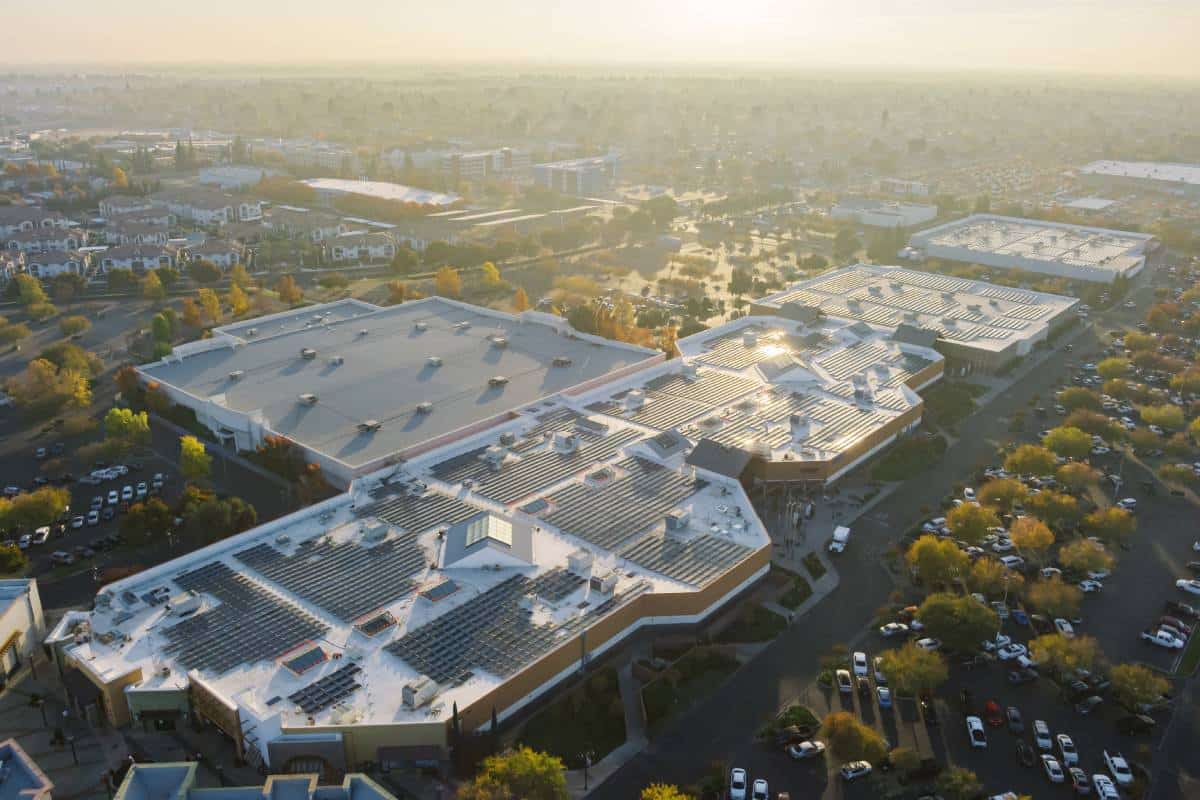
A roof rental partner also operates and maintains the solar system for the length of the lease, paying all costs incurred. They’ll monitor efficiency, clean panels, fix broken systems, and more.
Roof rentals make the most sense for multi-tenant properties with triple net leases. Owners benefit from a new source of rental income and get solar at no cost. Tenants get access to discounted energy and see lower bills with no investment.
Positives
Solar roof rentals are simple: Leasing is very familiar territory for commercial owners. Solar partners use a familiar 5-page lease agreement and common rental conditions, reducing complexity.
Owners get solar for free: Solar roof rentals install, manage, and operate systems at no cost. Owners get solar without interest rates, down payments, or liens.
Owners get more rent roll and property value: These systems turn unused commercial roof space into valuable assets, and property owners get more income out of the same square footage.
Rentals create more satisfied tenants: With access to discounted solar at no cost, tenants save money and occupy units longer. Owners will also be able to attract new leasees by marketing solar bills with lower rates than the utility.
Owners have minimal investment risk: The solar roof rental partner covers all details of the solar system, paying all operating expenses out of pocket.
Negatives
Owners don’t directly profit from solar energy: They get steady monthly income instead of variable returns based on generation and usage.
Owners don’t get solar tax credits: The solar partner receives the credits. They’ll use them to offset operating costs, sometimes distributing them to large tenants with ESG goals.
Financing commercial solar with King Energy
If a roof rental is the right commercial solar financing option for your property, King Energy is the industry leader. We rent roofs and manage systems at over 100 locations in California, increasing rent roll and property value for owners while decreasing tenant energy bills.
With over $300 million in project investments, King Energy is a secure and trusted partner for commercial solar funding. We offer simple terms, easy access, and long-term support for property owners at any scale–all with no cost.
Contact our team today for a personalized proposal for your building.
